The Nationalist Movement (1858-1905)- 1 | History for UPSC CSE PDF Download
Introduction:
- Modern Indian nationalism emerged as a response to foreign domination, primarily British rule.
- The clash of interests between the Indian populace and British rulers catalyzed the growth of national sentiment.
- British policies, favoring their own interests over Indian welfare, contributed to economic, social, and political discontent among Indians.
Factors Leading to Indian Nationalism:
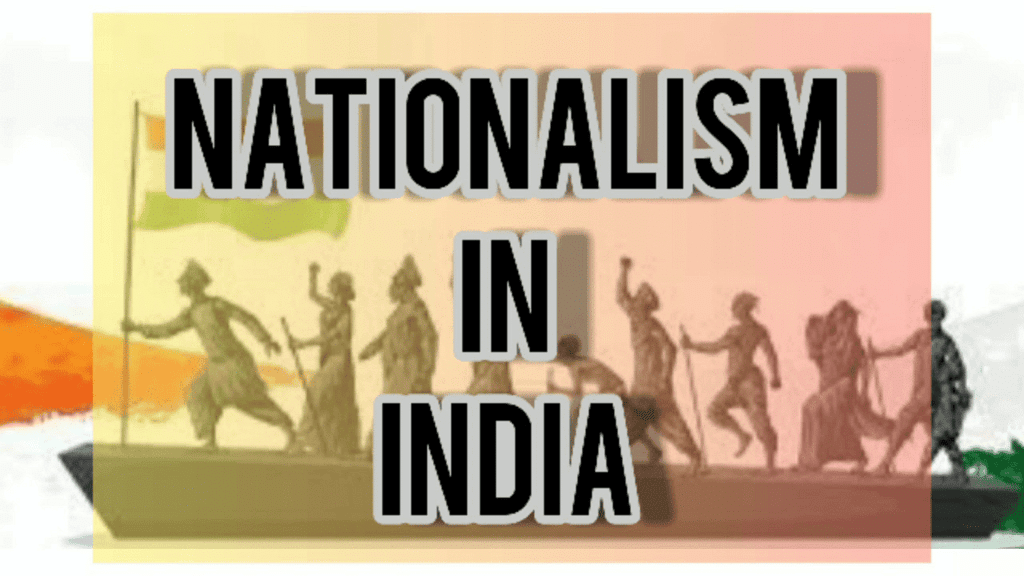
- Economic Grievances:
- British policies, including heavy land revenue and support for landlords and merchants, exploited peasants, causing economic distress.
- Lack of support for indigenous industries led to the decline of artisans and handicraftsmen.
- Workers in modern industries faced exploitation and unemployment, with government siding with capitalists.
- Intellectual Awakening:
- Educated Indians, disillusioned by British rule, recognized the economic and political stagnation imposed by foreign dominance.
- Initial hopes of modernization and industrialization under British rule gave way to disappointment as British policies hindered India's development.
- Political Repression:
- British authorities suppressed dissent, curtailed freedom of speech and press, and denied Indians self-government.
- Growing authoritarianism and hostility towards Indian culture fueled resentment among the populace.
- Capitalist Class Realization:
- Indian capitalists, initially slow to develop a national consciousness, faced hindrances in their growth due to British policies favoring foreign capitalists.
- Recognition of the need for an independent government to foster indigenous trade and industries led to support for nationalism.
- Unity Against Imperialism:
- Despite differing interests, various sections of Indian society united against foreign rule.
- Patriotism and opposition to racial discrimination further galvanized the nationalist movement.
Hence, the intrinsic nature of foreign imperialism, coupled with its detrimental effects on Indian society, sparked a powerful anti-imperialist movement. Indian nationalism emerged as a unifying force, transcending class and sectional differences, to oppose British dominance and strive for self-rule.
Administrative and Economic Unification of the Country
The nineteenth and twentieth centuries witnessed the administrative and economic unification of India under British rule, setting the stage for the growth of nationalist sentiments. This unification was facilitated by the introduction of modern governance systems, economic integration, and the oppressive nature of British rule, which affected all Indians regardless of their social or regional background.
Factors Contributing to Administrative and Economic Unification:
- Uniform Administrative System:
- The British implemented a modern and uniform system of governance across India, gradually integrating the diverse regions administratively.
- This administrative unity facilitated the spread of nationalist sentiments by fostering a sense of belonging to a single nation.
- Economic Integration:
- The disruption of traditional rural economies and the establishment of modern industries on a national scale led to the economic integration of India.
- Events such as famines affecting one region had ripple effects on the entire country's economy, highlighting the interdependence of different regions.
- Infrastructure Development:
- The introduction of railways, telegraph, and a unified postal system by the British connected different parts of the country, facilitating communication and interaction among people.
- Improved infrastructure promoted national consciousness by enabling leaders to communicate and organize across regions.
- Oppressive Nature of British Rule:
- The oppressive policies of British rule, regardless of caste, religion, or region, served as a common enemy for all Indians.
- The shared experience of suffering under British rule fostered a sense of solidarity among Indians, contributing to the emergence of a collective Indian identity.
Western Thought and Education
The spread of modern Western education during the 19th century had a profound impact on Indian society, shaping the emergence of a modern, rational, and nationalist outlook among educated Indians. Influenced by Western thinkers and nationalist movements in Europe, educated Indians began to envision a modern, prosperous, and united India, leading them to assume leadership roles in the national movement.
Impact of Modern Education on Indian Nationalism:
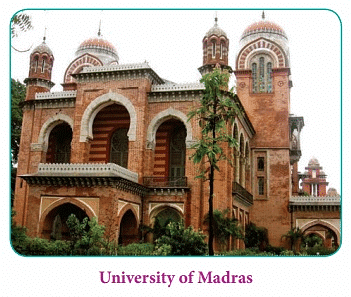
- Exposure to Western Thought:
- Western education introduced Indians to modern rational, secular, and democratic ideas, inspiring them to aspire for political independence.
- Influential Western thinkers such as Rousseau, Paine, and John Stuart Mill became sources of political inspiration for educated Indians.
- Emulation of European Nationalist Movements:
- Educated Indians admired and sought to emulate nationalist movements in Europe, viewing figures like Mazzini, Garibaldi, and Irish leaders as political heroes.
- Their study of European movements informed their strategies and tactics in the Indian nationalist struggle.
- Leadership in the National Movement:
- Educated Indians, imbued with modern thinking, were the first to recognize the humiliation of foreign subjugation and dreamt of a modern and united India.
- Many of them emerged as leaders and organizers of the national movement, providing it with a democratic and modern direction.
- Role of English Language:
- English became the medium for the spread of modern ideas and facilitated communication among educated Indians from diverse linguistic backgrounds.
- However, it also acted as a barrier, alienating the educated urban populace from the rural masses and hindering the spread of modern knowledge among them.
Efforts for Linguistic Inclusion:
- Indian political leaders, from Dadabhai Naoroji to Tilak and Gandhi, advocated for a greater role for Indian languages in the educational system.
- They recognized the importance of vernacular languages in reaching the common people and promoting the spread of modern ideas.
Role of Press and Literature
The press emerged as a powerful tool for spreading nationalist ideas and fostering all-India consciousness during the second half of the nineteenth century in India. Through nationalist newspapers and literature, Indians critiqued official policies, advocated for Indian perspectives, and promoted modern economic, social, and political ideas.
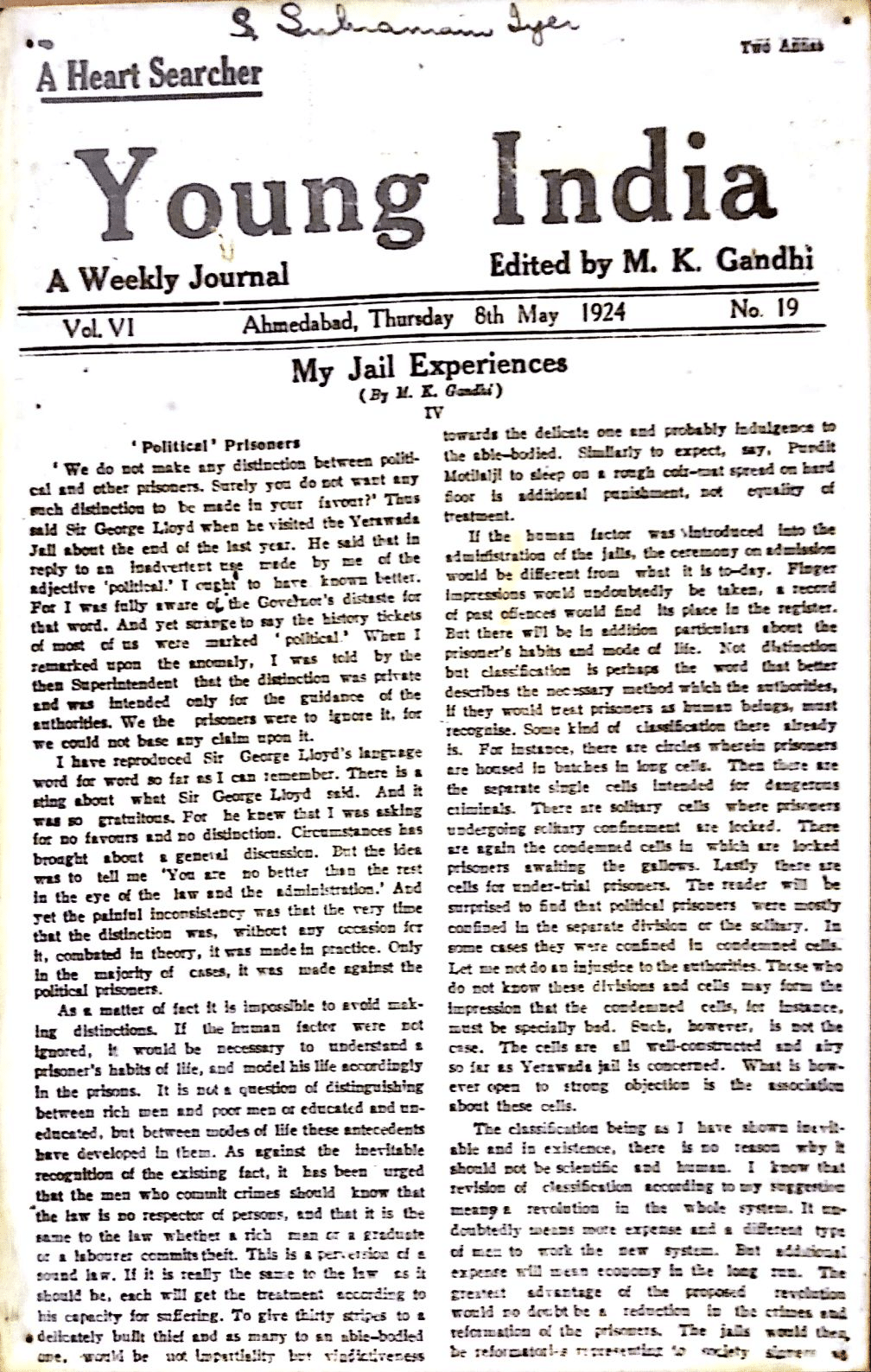 Role of Press and Literature
Role of Press and Literature
Role of Press in Spreading Nationalist Sentiments:
- Critique of Official Policies:
- Nationalist newspapers regularly criticized British policies and advocated for Indian interests.
- They provided a platform for expressing the Indian point of view and calling for unity towards national welfare.
- Promotion of Modern Ideas:
- The press popularized concepts of self-government, democracy, industrialization, and other modern ideals among the Indian populace.
- Through articles and editorials, they educated people about the benefits of these ideas and encouraged their adoption.
- Exchange of Views:
- Nationalist workers across the country utilized the press to exchange views and coordinate their efforts.
- The press facilitated communication and collaboration among nationalist leaders and activists from different regions.
Role of National Literature:
- Arousing National Consciousness:
- National literature, including novels, essays, and patriotic poetry, played a crucial role in arousing national consciousness.
- Writers like Bankim Chandra Chatterjee, Rabindranath Tagore, and others used their literary works to instill a sense of pride and unity among Indians.
- Promotion of Vernacular Languages:
- Prominent nationalist writers emerged in various regional languages, such as Assamese, Marathi, Tamil, Hindi, and Urdu.
- They contributed to the development of national literature in their respective languages, furthering the spread of nationalist ideas.
Rediscovery of India's Past
During the nationalist movement in India, many Indians faced a crisis of confidence in their ability to govern themselves, exacerbated by British propaganda. Nationalist leaders sought to counter this narrative by instilling self-confidence and pride in Indian heritage, but some fell into the trap of glorifying the past uncritically, leading to harmful consequences.
Challenges Faced by Indians:
- Loss of Confidence:
- Many Indians had internalized the belief propagated by British officials and writers that they were unfit for self-government due to their perceived cultural and social deficiencies.
- This lack of confidence hindered the nationalist movement and reinforced the idea of Indian inferiority.
- Counteracting Propaganda:
- Nationalist leaders endeavored to restore self-confidence by highlighting India's rich cultural heritage and pointing to past political achievements.
- They emphasized figures like Ashoka, Chandragupta Vikramaditya, and Akbar as examples of India's capacity for self-rule and governance.
- Rediscovery of National Heritage:
- European and Indian scholars played a significant role in rediscovering India's national heritage in various fields such as art, architecture, literature, philosophy, science, and politics.
- This helped counter the narrative of Indian inferiority and provided a basis for national pride and self-respect.
Negative Consequences of Glorification:
- Ignoring Weaknesses:
- Some nationalists uncritically glorified India's past, ignoring its weaknesses and backwardness.
- This one-sided view led to the neglect of the achievements of the medieval period and fueled communal sentiments among Hindus and Muslims.
- Cultural Backwardness:
- In response to Western cultural imperialism, many Indians failed to acknowledge their own cultural shortcomings.
- A false sense of pride and smugness hindered critical examination of Indian society, weakening efforts to address social and cultural backwardness.
- Hindrance to Progress:
- The glorification of the past hindered the acceptance of fresh ideas and tendencies from other parts of the world.
- This reluctance to embrace new perspectives impeded social and cultural progress in India.
Predecessors of the Indian National Congress
- By the 1870s, Indian nationalism had gained significant momentum, leading to the emergence of the Indian National Congress (INC) in December 1885 as the first organized expression of the national movement on an all-India scale.
- Prior to the INC, several precursor organizations and leaders laid the groundwork for nationalist agitation and political reform in India.
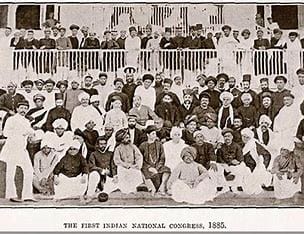
Precursor Organizations and Leaders:
- Early Agitation for Political Reforms:
- Raja Rammohun Roy initiated agitation for political reforms in India, marking the beginning of organized efforts for change.
- Public associations, dominated by wealthy and aristocratic individuals, emerged in various parts of India after 1836, advocating for administrative reforms, Indian participation in governance, and educational advancement.
- Widening Gulf between Indians and British Administration:
- Post-1858 saw a growing disillusionment among educated Indians with British rule, leading to increased criticism of British policies.
- Existing associations failed to satisfy politically conscious Indians, prompting the need for more dynamic and inclusive political platforms.
- Formation of Pre-Congress Nationalist Organizations:
- Dadabhai Naoroji founded the East India Association in London in 1866 to discuss Indian issues and advocate for Indian welfare.
- Naoroji, known as the "Grand Old Man of India," highlighted British exploitation of India in his economic writings and played a prominent role in the nationalist movement.
- Indian Association of Calcutta:
- Discontent with conservative policies led to the formation of the Indian Association of Calcutta, with Surendranath Banerjea as a prominent leader.
- Banerjea and Ananda Mohan Bose aimed to create strong public opinion on political matters and unify Indians under a common political agenda.
- Regional Organizations:
- Justice Ranade established the Poona Sarvajanik Sabha in 1870, while leaders like M. Viraraghavachari and G. Subramaniya Iyer formed the Madras Mahajan Sabha in 1884.
- Pherozeshah Mehta, K.T. Telang, and others founded the Bombay Presidency Association in 1885, reflecting regional activism in the nationalist cause.
The Indian National Congress
- The foundation of the Indian National Congress (INC) in December 1885 marked a significant milestone in India's nationalist movement, with A.O. Hume playing a crucial role in its establishment.
- Despite differing opinions on Hume's motives, the INC represented the aspirations of politically conscious Indians for national unity and advancement, rather than merely serving as a 'safety valve' for dissent.
Establishment of the Indian National Congress:
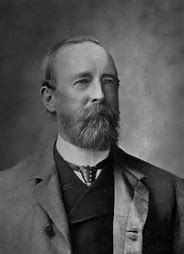 A.O. Hume
A.O. Hume
- Role of A.O. Hume:
- A retired English Civil Servant, A.O. Hume, facilitated the formation of the INC by reaching out to prominent Indian leaders and organizing its inaugural session in Bombay in December 1885.
- The first session, presided over by W.C. Bonnerjee and attended by 72 delegates, outlined the Congress's objectives, including promoting national unity and presenting popular demands to the government.
- Objectives of the INC:
- The INC aimed to foster friendly relations among nationalist workers, irrespective of caste, religion, or province.
- Its primary goals included the formulation of popular demands, the training and organization of public opinion, and the advancement of political and economic interests.
- Debunking the 'Safety Valve' Theory:
- While some viewed the INC as a 'safety valve' to diffuse discontent among educated Indians, its establishment represented a broader urge for national organization and advancement.
- Hume's motives were mixed, driven by a genuine love for India and a desire to assist its progress, alongside potential concerns about official hostility towards nationalist efforts.
Growth and Evolution of the INC:
- Annual Congress Sessions:
- Following its foundation, the INC held annual sessions in December, rotating locations across the country.
- Delegates, initially numbering 436, eventually increased to thousands, representing various professions and regions.
- Inclusivity and Symbolism:
- In 1890, Kadambini Ganguli, the first woman graduate of Calcutta University, addressed the Congress session, symbolizing the empowerment of Indian women.
- The INC provided a platform for diverse voices and served as a catalyst for social and political reform.
Role of Other Organs in the Nationalist Movement:
Provincial Conferences and Local Associations:
- Apart from the INC, provincial conferences and local associations also contributed to the nationalist movement, advocating for regional and national interests.
Nationalist Newspapers:
- Nationalist newspapers played a crucial role in shaping public opinion and mobilizing support for the nationalist cause.
- Many newspapers were consciously established as organs of nationalist activity, contributing to the spread of nationalist sentiment.
Prominent Leaders of the INC:
- The early years of the INC saw the leadership of notable figures such as Dadabhai Naoroji, Badruddin Tyabji, Pherozeshah Mehta, Surendranath Banerjea, and Gopal Krishna Gokhale, among others.
- These leaders, alongside others like Mahadev Govind Ranade, Bal Gangadhar Tilak, and Madan Mohan Malaviya, played pivotal roles in shaping the direction and goals of the nationalist movement.
|
210 videos|855 docs|219 tests
|
FAQs on The Nationalist Movement (1858-1905)- 1 - History for UPSC CSE
| 1. What is the significance of administrative and economic unification of the country during the Nationalist Movement? |  |
| 2. How did Western thought and education influence the Nationalist Movement in India? |  |
| 3. What was the role of press and literature in the Nationalist Movement? |  |
| 4. How did the rediscovery of India's past contribute to the Nationalist Movement? |  |
| 5. Who were the predecessors of the Indian National Congress? |  |






















